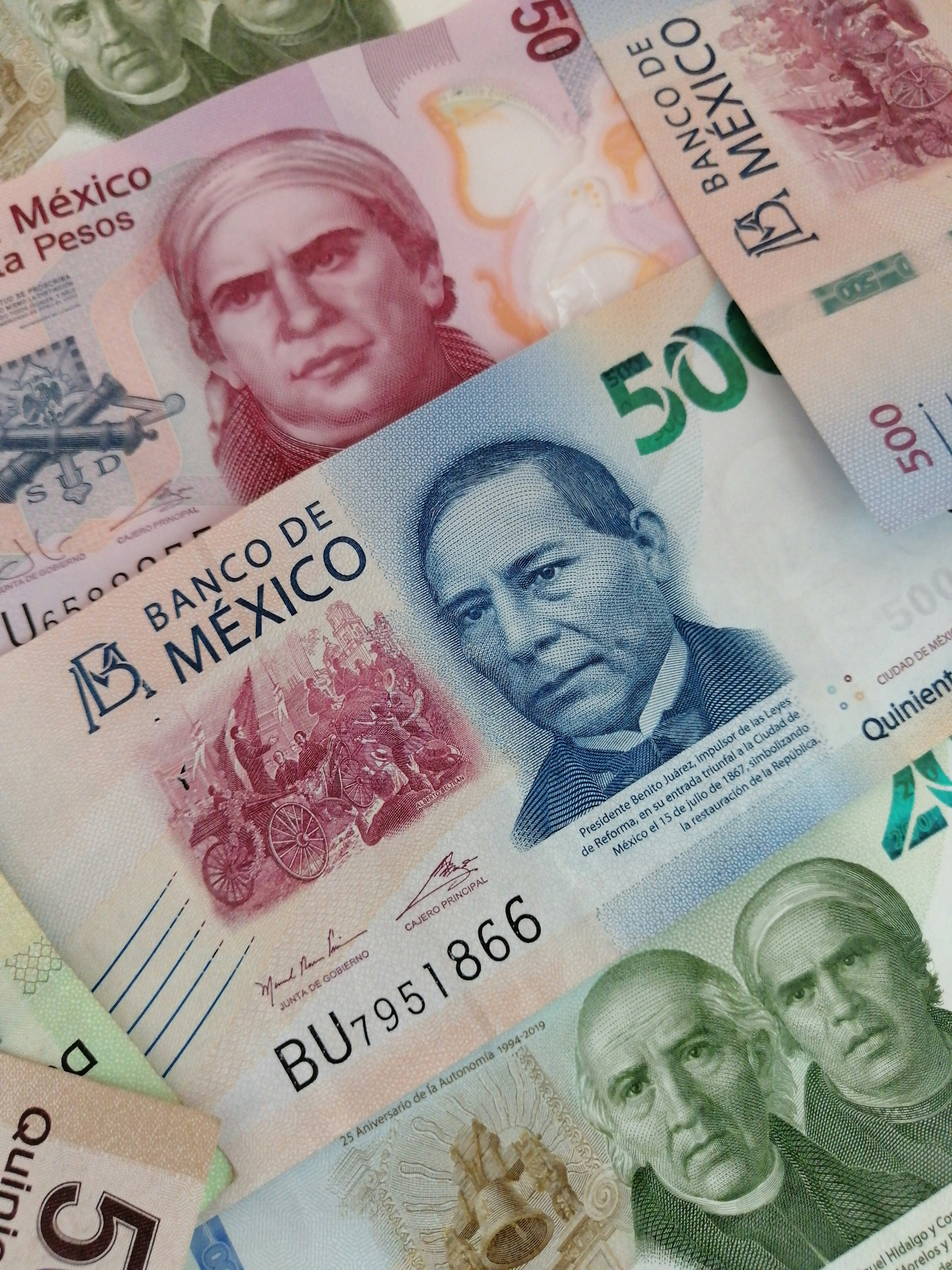Mexican Peso Strengthens As US Dollar Rally Fizzles Following Tariff Uncertainty

The financial markets experienced a turbulent session following the announcement that the United States would delay implementing tariffs on Mexico and Canada. Initially, fears of economic strain triggered heavy losses in stocks and significant fluctuations in currency markets. However, as investors processed the news, markets stabilized, with the Mexican peso rebounding and the US dollar rally losing momentum. This article explores the factors behind these movements, the broader market implications, and the potential long-term effects on trade and financial stability.
Mexican Peso Recovery
The Mexican peso initially weakened as uncertainty loomed over potential US tariffs on Mexican exports. Fears that such tariffs could hinder economic growth and disrupt trade relations led to a sell-off in the currency. However, following the announcement of the tariff delay, the peso staged a strong recovery.
Several factors contributed to this rebound:
- Market Confidence: Investors interpreted the delay as a sign that diplomatic negotiations might prevent the tariffs from being enacted altogether.
- Risk Appetite: As concerns over an imminent trade conflict eased, traders and institutional investors returned to riskier assets, including emerging market currencies.
- Strengthening Economic Indicators: Mexico’s improving economic data, including stable inflation and positive trade balance figures, further supported the peso’s recovery.
US Dollar Volatility
The US dollar initially rallied as uncertainty over tariffs led investors to seek the safety of the world’s reserve currency. However, this strength was short-lived.
Key reasons behind the dollar’s retreat included:
- Easing Trade Concerns: With the immediate threat of tariffs postponed, investors shifted away from the dollar towards higher-yielding assets.
- Federal Reserve Expectations: Speculation that the Federal Reserve might maintain a dovish stance, potentially delaying interest rate hikes, weakened the dollar’s appeal.
- Profit-Taking by Traders: The sharp dollar rally encouraged traders to lock in gains, leading to a pullback.
As a result, major currency pairs experienced volatility, with the euro, Canadian dollar, and emerging market currencies rebounding against the greenback.
Broader Market Impact
The delay in tariffs provided a much-needed relief rally across global financial markets.
- Stock Market Recovery: Equities, particularly in industries with significant exposure to Mexico, such as automotive and manufacturing, regained lost ground.
- Commodities React: Oil prices, which had dipped amid fears of lower trade activity, bounced back as market sentiment improved.
- Bond Yields Adjust: US Treasury yields, which had initially fallen due to risk aversion, stabilized as investors reassessed the economic outlook.
The market's reaction underscored the interconnectedness of trade policy and financial stability, with even temporary shifts in trade rhetoric causing significant volatility.
Economic and Trade Implications
The postponement of tariffs does not eliminate trade tensions but provides an opportunity for negotiation. Key considerations moving forward include:
- US-Mexico Trade Relations: While the delay is positive in the short term, uncertainty remains regarding the future of trade agreements.
- Business Confidence: Companies reliant on cross-border trade may delay investment decisions until a clearer policy direction emerges.
- Peso and Dollar Outlook: The peso may continue to face volatility depending on the outcome of negotiations, while the dollar's movement will be influenced by Federal Reserve policy and broader economic conditions.
Conclusion
The financial markets’ reaction to the US tariff delay on Mexico and Canada highlights the sensitivity of investors to trade policy changes. The Mexican peso’s strong recovery and the fading of the US dollar rally reflect a shift in sentiment as fears of an immediate economic disruption ease. However, with uncertainty still lingering over trade relations, market participants will closely monitor further developments. Moving forward, both currency and equity markets are likely to remain volatile as trade negotiations unfold, reinforcing the importance of adaptability in global finance.
Author: Brett Hurll
Future Forex: Revolutionizing South Africas Financial Landscape With Cutting-Edge Fintech Solutions
Future Forex has combined actuarial expertise and deep engineering knowledge to build a robust, innovative financi... Read more
Industry Responses: Strategies For Overcoming Regulatory Challenges In US Bitcoin ETF Approval
The journey towards the approval of Bitcoin Exchange-Traded Funds (ETFs) in the United States has been fraught with regu... Read more
Navigating Market Volatility: Assessing The Impact Of A Strengthening Dollar On US Stocks
In recent months, US stock markets have experienced a notable rally, with indices reaching new highs. However, amidst th... Read more
Forex Today: Trump Tariffs Send US Dollar Soaring - 03 February 2025
USA Imposes Tariffs on Canada, Mexico, China, Threatens EU; Canada Retaliates With 25% Tariff Against USA; US Dollar Soa... Read more
The Trump Tariff Effect: How Protectionist Policies Are Driving The Dollar Higher
Donald Trump’s latest round of tariffs has once again sent shockwaves through global markets. While the policy is inte... Read more
Tokyo Stock Exchange's Plan To Shield Small Investors From Unfair Buyouts
The Tokyo Stock Exchange (TSE) is facing increasing pressure to protect minority shareholders as corporate buyouts surge... Read more

